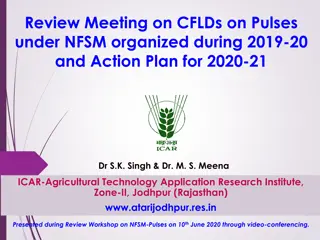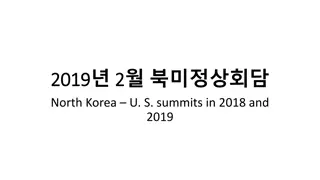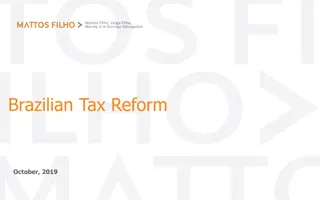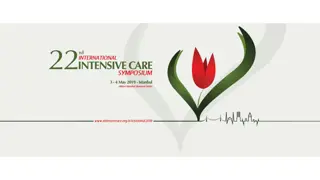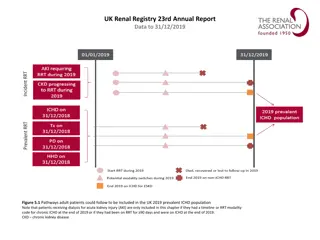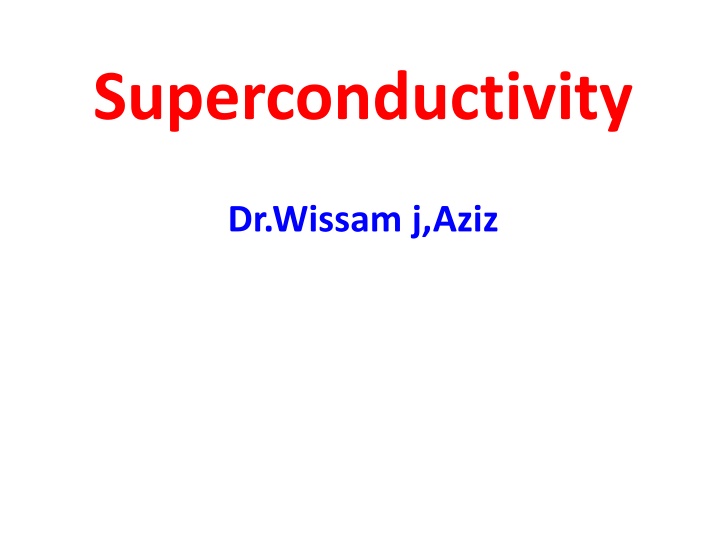
Superconductivity: Properties, Applications, and Critical Factors
Explore the fascinating world of superconductivity, from the phenomenon itself to its applications and critical temperature factors. Discover how materials like tin and aluminum exhibit superconducting properties at very low temperatures, allowing electricity to flow without resistance.
Download Presentation

Please find below an Image/Link to download the presentation.
The content on the website is provided AS IS for your information and personal use only. It may not be sold, licensed, or shared on other websites without obtaining consent from the author. If you encounter any issues during the download, it is possible that the publisher has removed the file from their server.
You are allowed to download the files provided on this website for personal or commercial use, subject to the condition that they are used lawfully. All files are the property of their respective owners.
The content on the website is provided AS IS for your information and personal use only. It may not be sold, licensed, or shared on other websites without obtaining consent from the author.
E N D
Presentation Transcript
Superconductivity Dr.Wissam j,Aziz
Index Introduction. Critic The degree of temperature. Critical magnetic field (Hc). Floating phenomena. JOSEPHSON EFFECT. The cause of conduct superconducting material. applications of superconducting.
Superconductivity Superconductivity in physics is a phenomenon that occurs in certain materials when cooled to very low temperatures approaching absolute zero (zero Kelvin) Superconductors allow electricity to pass through them without any electrical resistance.
Superconductivity occurs in many materials such as light metals such as tin, aluminum, alloys, and some semiconductors superconductors can not be made from noble metals such as gold and silver, or iron-magnetized metals. ceramics, heavy
Critic The degree of temperature Critic The degree of temperature: is defined by the temperature at which the transition from the normal state of the superconductivity is achieved, ie, the resistance value of the material is almost zero It has been found that the degree of critical temperature depends on the following factors: 1 purity of material 2 - pressure applied to the article 3-thickness material 4- Electrostatic charge on the material temperature material to the
Figure (2) illustrates the relationship between' the quality resistivity and the temperature of the tin element. If the temperature range at which the resistivity of the resistor is reduced to zero is very small. If tin metal contains impurities, the temperature range that is lower Its resistance values are fairly large That the temperature of critical pressure ' depends on the pressure exerted on it. It has been found that the increase of pressure occurs in the drop of the critical grade. metal is pure, the
Types of superconductors Superconductors critical temperature to 1. Low-temperature superconductors (LTCs), also called conventional superconductors such as mercury, have a low critical temperature. 2. High temperature superconductor (HTC) with high critical temperature. are divided by their
Critical magnetic field (Hc) Above this value of an externally applied magnetic field a superconductor becomes non-superconducting .This minimum magnetic fields required to destroy the superconducting state is called the critical magnetic field Hc
H0: is the maximum value for the critical magnetic field at absolute zero temperature T: Temperature Tc: Temperature is critical
It is noticeable from the figure that its critical. magnetic becomes zero at a temperature equal to the critical temperature Tc of the substance. Hc gradually increases as the temperature of the superconducting below the critical When absolute zero temperature reaches the maximum value of the critical magnetic field. field Hc material temperature. drops
Superconducting materials by their critical domain are divided into: Type I superconductor: A characteristic of this type is that when the value of the given field exceeds the critical area, the conductor is completely transformed into the normal state and the value of the magnetic torque becomes zero and thus the external field penetrate the conductor. can completely
Type II superconductor: Characteristic of two critical domain values, the first value is the lowest value of the symbol B,, the second value is the highest value and its symbol is B . If the value of the area B exceeds B2 and does not exceed B2, the penetration will conductor. be partial to the
The connector will not turn to the normal state, but will lead to a new situation called the mixed state, but if the value of the weighted area exceeds B2, the connector will switch to the normal state.
Floating phenomena If an electric current is inserted into the loop of a superconductor wire, this current will continue to flow as long as the wire is kept in .its superconducting power. In one experiment, the current continued uninterruptedly in a loop of superconducting wire for two and a half years without any shortage of power and without feeding any External power source.
When a small magnet is placed over a superconducting conductor, the magnetic field on the superconducting surface causes constant currents that create strong contrast with the magnet so that the magnetic field on the superconducting surface currents that create strong contrast with the magnet so that The magnets are magnified and tightened by the superconductor until the magnet is raised in the air and appears as floating in the air. causes constant magnet from the
JOSEPHSON EFFECT Two superconductors separated by a very thin strip of an installer forms a Josephson junction. The wave nature of moving particles make electrons to tunnel through the barrier. As a consequence of tunneling of electrons across the insulator there is net current across the junction. This is called d.c.josephson effect. The current flows even in absence of potential difference.
The magnitude of current depends on the thickness of the insulators, the nature of the materials and the temperature. On the other hand when potential difference V is applied between the two sides of the junction there will be an oscillation of tunneling current with angular frequency v=2eV/h. This is called a.c.josephson effect.
The cause of conduct superconducting material Physically, substances and chemical elements vary in their conductivity - or resistance - to the electrical current. Electrical resistance is related to the temperature, decreasing as it decreases and increases as it increases. When we raise the conductor temperature, its resistance increases,
Some practical applications of superconducting materials: MRI devices: MRI devices use superconducting material to generate a large magnetic field that allows it to obtain images inside the patient's body. Military Applications: superconductors to expel magnetic fields made them candidates for use in military radars. The ability of
In computer: computers superconductors and the power consumption is also very low. Trains: In trains, in particular: Can you visualize a train that flies in the air as the plane does and travels as fast as it can? Yes, it is the floating train. In electrical transmission: Superconductors can be used to transmit electrical power over very long distances without any power or any voltage drop Very be fast constructed and accurate using can


